Gamification in Digital Marketing: How Playful Strategies Drive Serious Business Growth
When was the last time you got hooked on an app just because you didn’t want to lose your “streak”? Or spun a wheel online to win a discount, even though you hadn’t planned to buy?
That’s gamification in action—a strategy that takes the principles of games and applies them to marketing, turning ordinary customer interactions into engaging experiences. Far from being just a buzzword, gamification has become a powerful tool in digital marketing to capture attention, build loyalty, and drive measurable results.
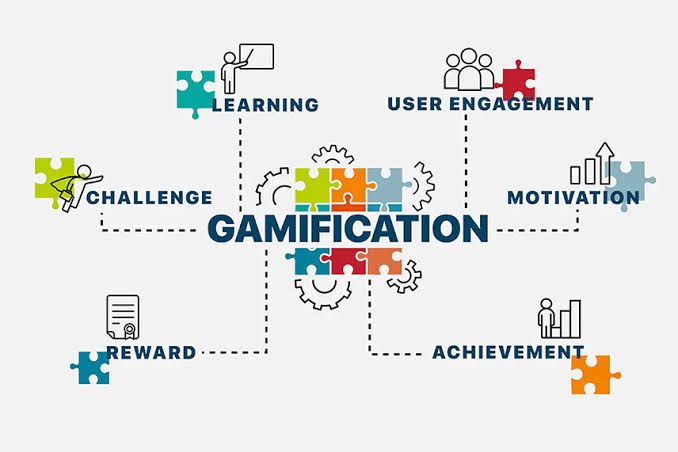
What Is Gamification in Marketing?
At its core, gamification means introducing game mechanics—like points, challenges, levels, leaderboards, and rewards—into non-game environments such as websites, apps, or campaigns.
It doesn’t mean turning your brand into a video game. Instead, it’s about weaving fun, interactivity, and achievement into customer journeys.
Simple Examples:
• A coffee app where you collect stars with every purchase.
• An online store with a “spin-the-wheel” discount popup.
• A quiz that recommends the perfect skincare product while rewarding you with points.
In short: gamification makes routine interactions addictive, rewarding, and shareable.
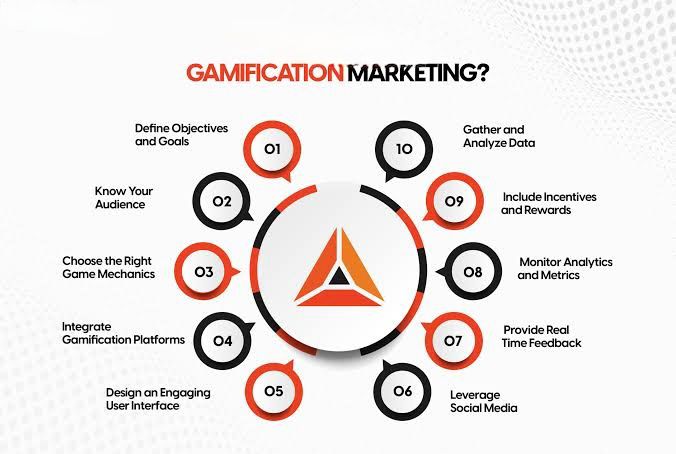
Why Gamification Works: The Psychology Behind It
To understand why gamification is so effective, we need to look at human psychology:
1. The Reward Loop (Dopamine Effect)
Every time users achieve something—unlocking a badge, getting a discount, leveling up—their brains release dopamine. This creates a cycle of anticipation and satisfaction, encouraging repeated behavior.
2. Desire for Progress
Humans love tracking progress. Seeing 80% completion on a profile setup makes people want to reach 100%.
3. Competition & Social Proof
Leaderboards, rankings, and challenges spark friendly competition. If your friends are ahead, you’ll feel motivated to catch up.
4. Instant Gratification
Small, quick wins (like “You earned 10 points!”) give users immediate satisfaction, keeping them engaged longer.
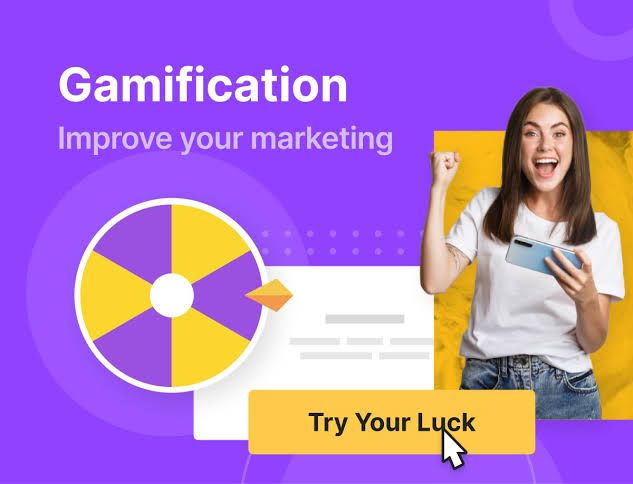
Real-World Examples of Gamification in Digital Marketing
1. Nike Run Club
Nike transformed running into a social game. The app offers badges, challenges, and leaderboards, motivating users to run more often while promoting Nike gear.
2. Starbucks Rewards
Starbucks uses a gamified loyalty program where customers earn stars for purchases. Levels (green, gold) unlock exclusive benefits, encouraging repeat visits.
3. Duolingo
Learning languages isn’t easy, but Duolingo gamifies the process with streaks, XP points, leaderboards, and cute animations—keeping 20+ million daily users hooked.
4. Domino’s Pizza Hero
Domino’s once launched an app where users “made pizzas” virtually. The top players actually won jobs as pizza makers—a brilliant blend of recruitment and branding.
5. Sephora’s Beauty Insider Program
Sephora uses tiers (Insider, VIB, Rouge), turning shopping into a status game. The higher the tier, the more perks, which motivates customers to spend more.
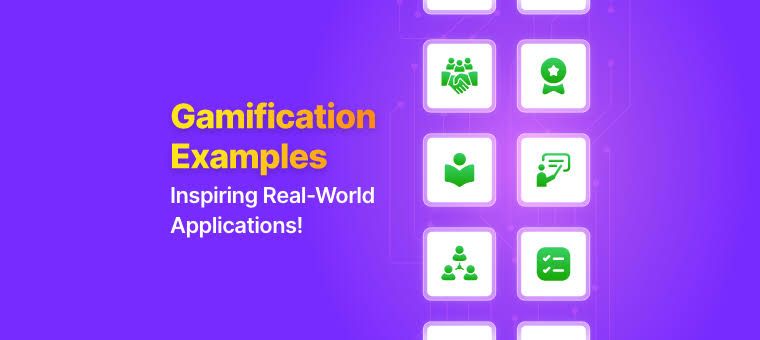
Benefits of Gamification for Brands
1. Boosts Engagement
Interactive content like quizzes, wheels, and challenges increases time spent on site and reduces bounce rates.
2. Encourages Repeat Purchases
Loyalty programs with gamified points keep customers coming back.
3. Drives Conversions
Gamified discounts (e.g., “Spin the wheel for 10–30% off”) can push undecided customers to buy immediately.
4. Generates User-Generated Content (UGC)
Gamified social media challenges encourage customers to share content, giving brands free publicity.
5. Strengthens Customer Loyalty
Progress tracking and tier-based rewards make customers feel valued and committed to the brand.
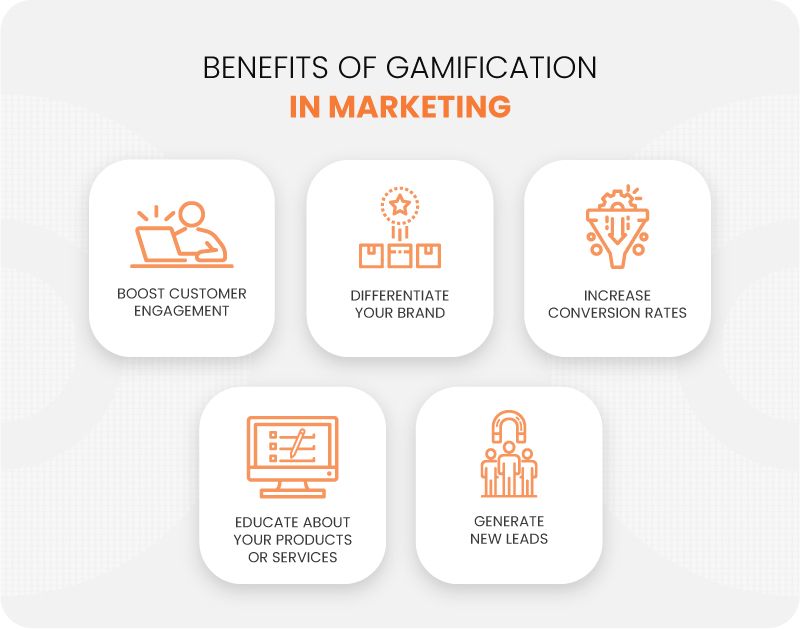
How to Implement Gamification in Digital Marketing
1. Gamified Loyalty Programs
Example: Tiered rewards (silver, gold, platinum) that unlock exclusive benefits.
2. Interactive Quizzes & Polls
Fun, personalized quizzes that recommend products while capturing lead data.
3. Spin-to-Win Campaigns
Discount wheels on e-commerce sites add excitement to the checkout process.
4. Referral Challenges
Offer points, badges, or cash rewards when customers invite friends.
5. Social Media Hashtag Challenges
Launch contests where users share branded content for prizes, creating viral loops.
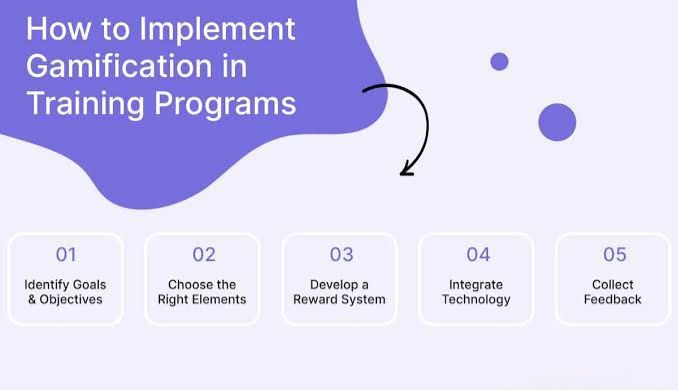
The Future of Gamification in Marketing
With the rise of AI, AR, and the metaverse, gamification is set to evolve even further:
• AR Try-On Games → Virtual try-ons where customers “play” with products before buying.
• Metaverse Experiences → Brands hosting virtual treasure hunts inside metaverse worlds.
• AI-Powered Personalization → Gamified offers that adapt in real-time based on customer behavior.
• NFTs & Digital Badges → Rewarding loyal customers with unique digital collectibles.
In the future, gamification won’t just be about spinning wheels or collecting stars—it will be about creating immersive, story-driven customer experiences.
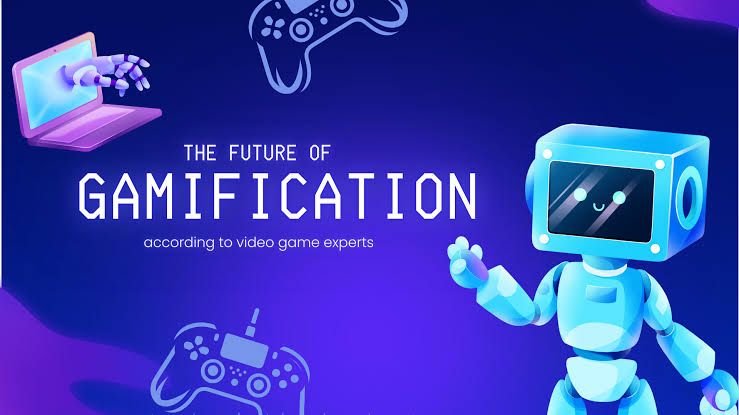
Final Thoughts
Gamification isn’t just about fun—it’s about psychology, engagement, and loyalty. When done right, it transforms passive customers into active participants and casual buyers into brand advocates.
The brands winning in 2025 and beyond won’t just advertise—they’ll entertain, challenge, and reward their audiences in ways that feel less like marketing and more like play.

Leave a Reply
Want to join the discussion?Feel free to contribute!